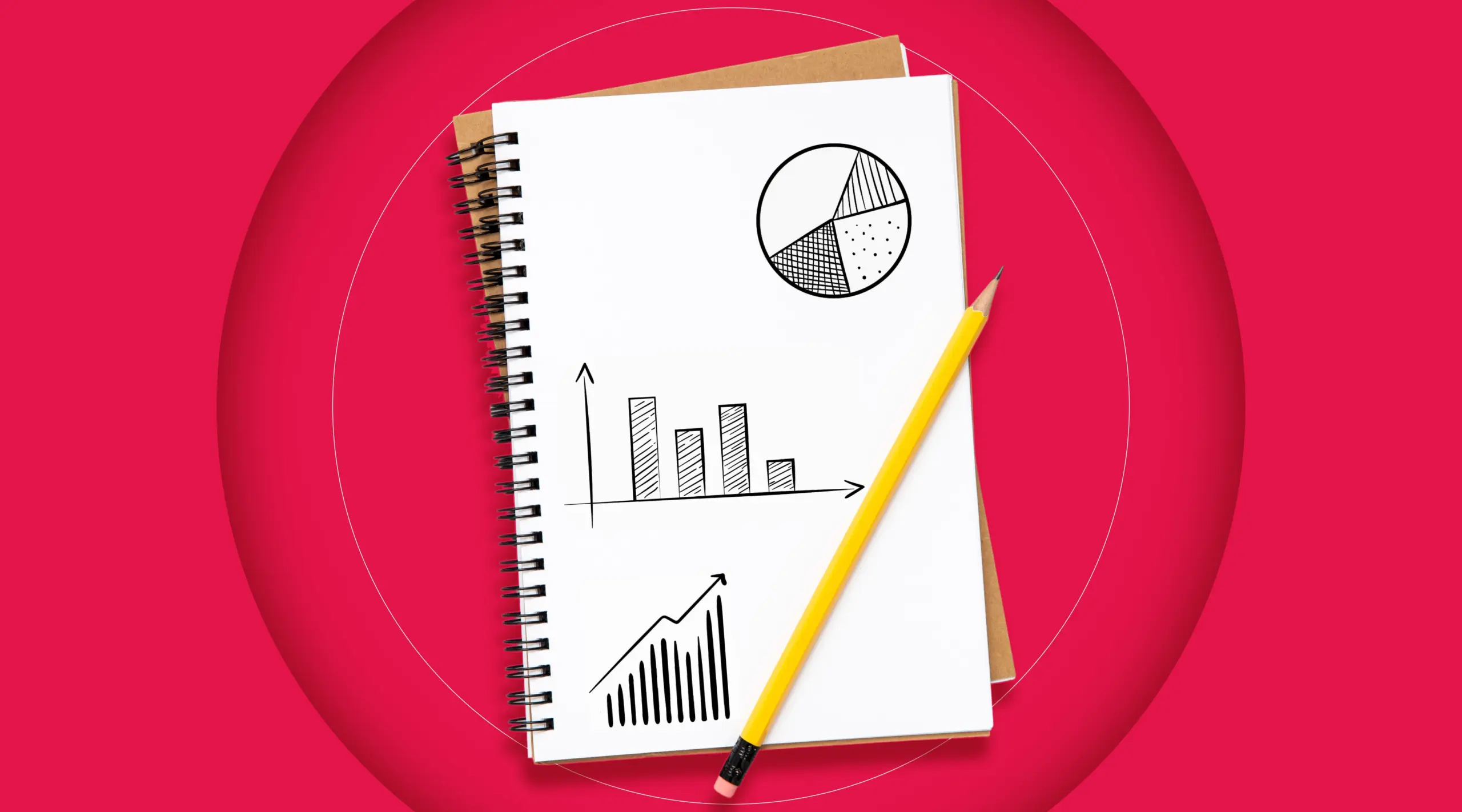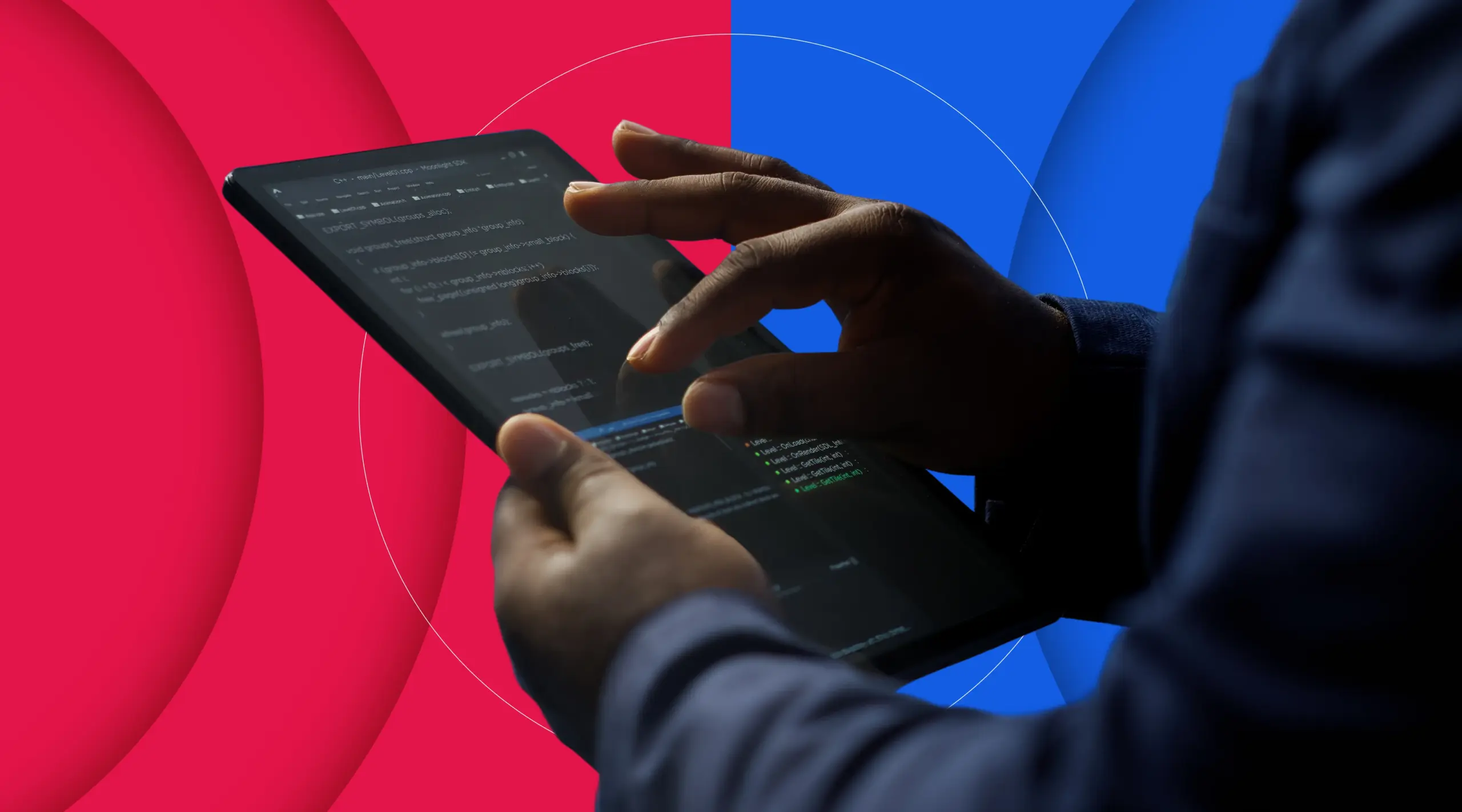
In an ever-changing digital environment, lead generation has become one of the pillars of growth for some companies. Acquisition channels are multiplying, technologies are becoming more sophisticated and consumers are increasingly demanding. To stay competitive, it’s no longer enough to attract traffic: you have to convert visitors into qualified prospects, and then turn these prospects into committed customers.
In this article, we take a closer look at the best digital lead generation strategies for 2025 — the essential tools to know, the key channels to activate, and the performance indicators you need to measure your results and manage your campaigns with precision.
Understanding lead generation
Definition and significance
Lead generation refers to all the marketing actions implemented to attract, identify and convert qualified prospects into potential customers. In an increasingly competitive business environment, the ability to generate quality leads has become a key growth factor.
A lead is a person or company who expresses an interest in a given product or service, usually by filling in a form or interacting with content. This contact is the starting point for an acquisition, conversion and loyalty process.
In digital marketing, lead generation is a key issue, at the crossroads of several levers: SEO, social networks, email marketing, online advertising, web push campaigns, content marketing and automation. These channels work together to capture visitors’ attention and move them to action.
Key concepts: MQL, SQL, opportunity and customer
In any lead generation process, not all contacts have the same level of maturity, nor the same value for the company. We generally distinguish several qualification stages, from a simple contact to a concrete business opportunity.
MQL – Marketing Qualified Lead
The MQL (Marketing Qualified Lead) is a prospect who has shown a clear interest in the brand or its offers through a measurable action: downloading a guide, subscribing to a newsletter, taking part in a webinar, clicking on a campaign, etc. This is a contact who will be nurtured by marketing teams, but who is not yet ready to talk to sales.
👉 Example: a visitor who downloads a white paper.
SQL – Sales Qualified Lead
A SQL (Sales Qualified Lead) is a lead validated by the marketing teams and deemed ready to be contacted by sales.
This transition from MQL to SQL is often based on objective criteria: number of interactions, high lead score, identified budget or explicit purchase intent.
👉 Example: an MQL requesting a product demo or a call with a sales person becomes an SQL.
Opportunity
An opportunity is a SQL that has been the subject of a concrete commercial exchange.
This is the moment when the deal is created in the CRM and the probability of conversion into a sale increases significantly.
Opportunities are tracked in the pipeline and are subject to personalized follow-up (calls, quotes, negotiation, etc.).
Customer
The customer marks the final conversion in the lead path.
But modern growth marketing doesn’t stop there: the aim is also to build loyalty, reactivate satisfied customers and turn them into ambassadors.
| Status | Role in the funnel | Expected action |
|---|---|---|
| Lead | First contact | Information collection |
| MQL | Marketing qualified lead | Automated nurturing |
| SQL | Sales qualified lead | Sales contact |
| Opportunity | In negotiation | Proposal / quote |
| Client | Sale completed | Loyalty and retention |
Market players
The lead generation market is made up of different types of players:
- B2B and B2C companies looking to develop their customer base
- Marketing agencies specializing in acquisition and conversion
- Technology platforms (CRM, automation tools, Web Push solutions, advertising platforms)
- Media and advertising agencies that sell campaigns to qualified leads
Successful players are those able to combine the right offer, a relevant content strategy, a data-driven approach and the right technologies. The aim: to attract the right prospects, at the right time, with the right offer.
Digital strategies for lead generation in 2025
In 2025, lead generation strategies will evolve around three major pillars: artificial intelligence, automation and personalized campaigns.
Using artificial intelligence
AI is becoming an essential strategic lever for lead generation. It optimizes the entire acquisition process:
- Behavioral analysis of website visitors
- Automatic scoring of leads according to their level of engagement
- Dynamic audience segmentation according to interests or sector
- Personalized content or offer recommendations
Thanks to AI, companies can determine the most effective ways to capture attention and convert faster. Tools like HubSpot or Salesforce, for example, now integrate AI modules to predict conversion, identify high-ROI channels and improve lead quality.
Automating and personalizing marketing campaigns
Automating marketing campaigns has become a key step in any lead generation strategy. Tools such as HubSpot, ActiveCampaign and Adrenalead enable you to create intelligent workflows that:
- Automatically send a welcome message after registration
- Trigger the sending of a message when an action is defined on the site
- Propose a personalized call-to-action based on the page visited
- Nurture prospects with content tailored to their buying journey
Automation saves time, reduces acquisition costs and increases the quality of leads generated.
Focus on Web Push: an under-exploited lever
Among the various digital channels, Web Push Notification remains an often under-utilized lever. Yet it offers a high rate of engagement and direct visibility on Internet users’ screens. Unlike email, it doesn’t require address collection, and unlike social networks, it’s not subject to algorithms.
Web push campaigns can be automated to accompany each stage of the user journey:
- Welcome push after first visit
- Abandoned cart reminder
- Promotional reminder
- Drive-to-store for physical retailers
- Post-purchase retargeting sequences
This approach improves conversion, loyalty and reactivation of existing customers, while respecting the confidentiality of information.
Examples of successful lead generation strategies
Beyond the basic principles, lead generation is based on concrete strategies, adapted to the specific needs of each company. Here are a few effective examples, to be combined according to your objectives, budget and level of digital maturity.
- Content marketing to attract leads naturally
Creating useful, engaging content remains the most enduring strategy for attracting qualified leads. Blog articles, white papers, case studies, infographics, videos or webinars… Each format has a precise role to play in the buying journey. The aim is to bring real value to your audiences while demonstrating your expertise. Well thought-out content acts like a magnet: it attracts, reassures and converts. To maximize your impact, remember to work on your CTAs (call-to-actions), landing pages and forms. An example: a B2B company can publish a downloadable industry guide in exchange for an email address, thus initiating a qualified relationship with its audience. - Lead nurturing to maintain the relationship
Not all visitors are ready to buy immediately. Lead nurturing consists in supporting these prospects over time with a sequence of relevant content, sent according to their stage in the funnel. This can take the form of educational newsletters, customer case studies or product demonstrations. The aim: to remain present in the prospect’s mind without being intrusive. A well thought-out nurturing strategy can triple the chances of long-term conversion. - Multi-channel retargeting to win back lost visitors
Almost 98% of visitors leave a site without converting. Retargeting enables them to be re-engaged via targeted campaigns delivered across multiple channels: social networks, email, display or web push notifications. When properly configured, this lever maximizes ROI by targeting only those audiences who are already interested. At Adrenalead, for example, Web Push retargeting campaigns enable visitors to be re-targeted anonymously, without cookies, as soon as they leave the site, to encourage them to return to finalize their purchase or discover a personalized offer. - Social selling and prospecting on social networks
LinkedIn, Instagram and even TikTok have become prime areas for lead generation, especially in B2B. Educational publications, thematic carousels and direct interactions with prospects help create an authentic relationship. At the same time, social advertising (LinkedIn Ads, Meta Ads) can amplify the visibility of content to targeted audiences. The challenge is to humanize the brand and establish trust long before any commercial contact is made. - Webinars and digital events as conversion gas pedals
Organizing webinars remains a highly effective strategy for generating qualified leads. This immersive format enables you to directly engage your audience, answer their questions and demonstrate your expertise. Upstream, the registration phase is an opportunity to collect valuable data. Downstream, recordings or replays can be reused for nurturing purposes. Platforms such as Livestorm or Webikeo make it easy to set up such campaigns. - Website and landing page optimization
The website remains the heart of any lead generation strategy. For it to convert, it needs to be fast, clear and focused on the value proposition. Elements such as dynamic forms, conversational chatbots or intelligent pop-ups can help capture attention at the right moment. A/B testing is a must for optimizing conversion rates: testing the length of a form, the color of a button, or the text of a CTA can have a direct impact on your results. - SEO and inbound marketing strategy
Working on your SEO remains a fundamental pillar in attracting a steady stream of qualified visitors. A good SEO strategy relies on the creation of content optimized for specific search intentions, technical site optimization and an inbound link strategy. Combined with high value-added content, SEO provides sustainable lead generation without relying on advertising budgets. - Co-marketing and strategic partnerships
Partnering with another brand or complementary media can be an excellent way to broaden your lead base. This can involve the co-creation of a white paper, the organization of a joint event or a cross-promotional campaign. This type of operation allows you to pool audiences and gain credibility, while reducing acquisition costs. - Paid campaigns (SEA, Meta Ads, LinkedIn Ads)
To accelerate lead generation, paid campaigns are still a safe bet. Paid search (SEA) allows you to appear immediately on strategic queries. Social campaigns, on the other hand, offer precise targeting based on interests, positions or behaviors. The challenge: constantly measure cost per lead and adjust bids to maximize profitability. - Innovative conversational and interactive marketing strategies
Conversational marketing, via chatbots or virtual assistants, enables frictionless, real-time lead capture. These tools, often integrated with CRM platforms, ask qualifying questions and direct the prospect to the right resource or contact. At the same time, interactive quizzes, personalized tests or simulators (e.g. ROI calculators) seduce visitors while harvesting valuable data. - The data-driven approach and predictive scoring
Finally, data plays a central role in the performance of a lead generation strategy. Predictive scoring, made possible by artificial intelligence, makes it possible to prioritize prospects according to their probability of conversion. By cross-referencing behavioral, demographic and transactional data, marketing teams can focus their efforts on the highest-potential leads, thereby improving their overall ROI.
Measuring the effectiveness of lead generation
Key performance indicators
To assess the performance of your lead generation strategy, it’s essential to track specific KPIs:
- Number of leads generated: total volume of leads collected via different channels
- Conversion rate: percentage of leads transformed into customers
- Cost per lead (CPL): ratio of marketing expenditure to the number of qualified leads
- Open/deliverability and click-through rates for emails or push notifications
- Qualification rate: proportion of leads corresponding to the target profile
- Sales generated
- ROAS: to check that every dollar invested is a dollar that pays off
These indicators can be used to control the various levers and adjust campaigns in real time. For example, if the conversion rate is low, it may be necessary to optimize website content, forms or offers.
Monitoring and analysis tools
Today, several digital tools enable you to accurately measure the effectiveness of lead generation:
- Google Analytics 4: to track visitors, their paths and sources of acquisition
- HubSpot CRM: to centralize contacts, verify their origin, track their engagement and calculate the value of a lead
- Looker Studio: to visualize KPIs on a customized dashboard.
- Internal dashboards of various marketing lever providers: to measure the performance of email, SMS or Web Push campaigns, for example.
Performance monitoring must be part of a continuous improvement process: understanding behaviors, adjusting levers and optimizing invested resources.
Conclusion
Lead generation is much more than just a step in the marketing journey: it’s the engine of sustainable growth for any digital business. By combining a clear strategy, quality content and innovative technologies such as Web Push Notification, brands can generate better-qualified leads and significantly improve the performance of their acquisition campaigns.
In 2025, lead generation will become a global performance lever, at the crossroads of marketing, data and customer experience. The challenge will no longer be simply to collect contacts, but to build lasting relationships based on value, relevance and personalization.
💡 Want to accelerate your lead generation? Find out how Adrenalead helps companies convert web visitors into loyal customers, thanks to intelligent, 100% opt-in web push campaigns.
FAQ: everything you need to know about lead generation
What does it mean to generate leads?
What is the meaning of a lead?
What is lead generation in a CRM?
What are the different types of leads?
- Cold leads: low-engagement prospects, at the top of the acquisition funnel
- Warm leads: contacts who have shown active interest
- Hot leads: highly qualified prospects, close to making a purchase



